incl. VAT plus shipping costs
Immediate delivery, express possible ![]()
More than 20 Articles in stock
- Item no: 5257
Fast delivery times
All products are in stock with us!14 years of breeding experience
Let our team of experts advise you!High customer satisfaction
from over 3,000 reviews "Like most species of the genus Cambarellus, the boy crab Cambarellus puer barely reaches a length of 4 cm. It differs from its close relatives mainly by its fascinatingly beautiful coloration, which is quite variable. Especially striking is the marbled pattern that makes this crayfish so special. The sexes can be distinguished by the V-shaped male sex appendages (gonopods), which are located at the transition from the thoracic carapace to the abdomen. Females have their sexual opening at the base of the 2nd pair of walking legs.
The boy crayfish appears dainty, small and almost fragile, but appearances are deceiving, as the small crayfish is surprisingly robust and easy to care for.
The boy crayfish neither digs nor actively attacks healthy plants. Therefore it can also be used in aquascapes and planted aquariums. Sufficient hiding places and a good structure are mandatory.
It feeds on food remains and detrius and thus contributes significantly to keeping the aquarium clean. Supplementary feeding with special crayfish food, vegetables, brown autumn leaves, frozen and live food is recommended.
The boy crayfish is very peaceful for a crayfish, which makes it easy to socialize with peaceful fish and shrimp, as long as the water quality requirements match. Snails may be cracked and eaten. Crabs and crayfish should never be socialized, they do not get along and will fight to the death. As potential carriers of crayfish plague, neither the crayfish themselves nor the water in which they are kept should have contact with waters containing crayfish that are not native to North America.
Breeding these beautiful crayfish is not only possible, but relatively easy. After mating, the sexually mature females lay 20 to 40 eggs, depending on body size, from which the fully developed young crayfish hatch after four to six weeks. They remain under the mother's abdomen for another one to two days before they finally leave her and begin to live independently. Since the small crayfish can be somewhat cannibalistic among themselves, there should be plenty of hiding places in the rearing tank in the form of caves, foliage, perforated bricks and ceramic rolls.
Our food recommendation: Freshwater crayfish have a very varied diet in the wild. The Natureholic Crab Feed Sticks contain in a biologically balanced form only those ingredients that these crayfish in this or similar form to their natural food spectrum. This naturally supports and promotes moulting, growth and reproduction. Due to their protein content they are ideally suited for omnivorous crayfish of the genera Procambarus, Cambarus, Cambarellus, Astacus and the Cherax crayfish from Australia, which are basically omnivores that like to eat animal as well as vegetable food. The crayfish of the genus Cherax from Papua also like to eat a portion of animal food when they are young, but later they switch mainly to plant food.
Our plant recommendation: Use the following for planting NatureHolic InVitros. These are free of snails, planarians and other unwanted co-inhabitants. Also free of algae spores, bacteria and fungi.
Expert Tip: We recommend for fish keeping the NatureHolic 3 Phase Liquid. The care set offers the best all-round protection for your animals. It ensures optimal conditions for successful breeding and keeping.
| Scientific name: | Cambarellus puer Hobbs, 1945 |
| German name: | Boy Crab |
| Difficulty level: | suitable for beginners |
| Origin/Distribution: | South of the USA |
| Coloration: | light or dark brown, with dark or light spotted or striped pattern, extremely variable |
| Age expectancy: | 2 years |
| Water parameters: | GH up to 20, KH up to 20, pH 6 to 8, temperature 15 to 25 °C |
| Tank size: | from 45 l |
| Food: | Natureholic crayfish food, brown autumn leaves, nettles, flake food, granulated food or food tabs, vegetables, frozen food |
| Reproduction: | easy, after four to six weeks up to 40 young crayfish hatch, they can be cannibalistic and therefore need lots of hiding places |
| Behavior: | very peaceful |
| Socialization: | with shrimps and mini fish |
| Further information | Sex differences crayfish, shrimp, crayfish, snails & mussels feed properly, Cherax aquarium crayfish - keeping in the aquarium |
- Item no: 5257
- EAN No.: 7427061484038
Echter Hingucker...
Echter Hingucker
Super schnelle Lieferung....
Super schnelle Lieferung.
Die Tiere waren perfekt verpackt und quicklebendig unterwegs.
Das einzige was schade war das sie nicht blau waren wie auf dem ersten Titelbild aber das stört mich nicht.
Jederzeit wieder ??
werde Jederzeit wieder ei...
werde Jederzeit wieder einkaufen
Entdecke die Garnelio Welt!
Garnelio gehört zu den größten Onlineshops für wirbellose Aquarientiere weltweit.
Viele Artikel gibt es exklusiv nur bei uns im Shop.

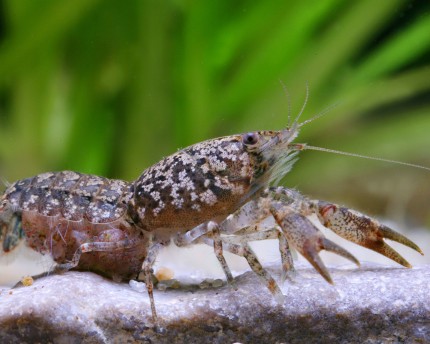









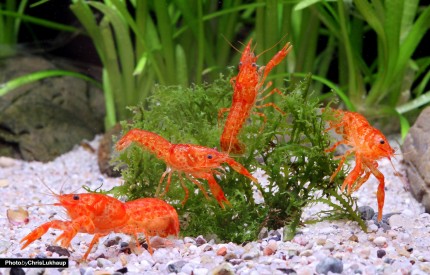
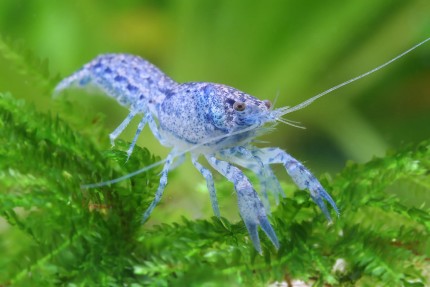

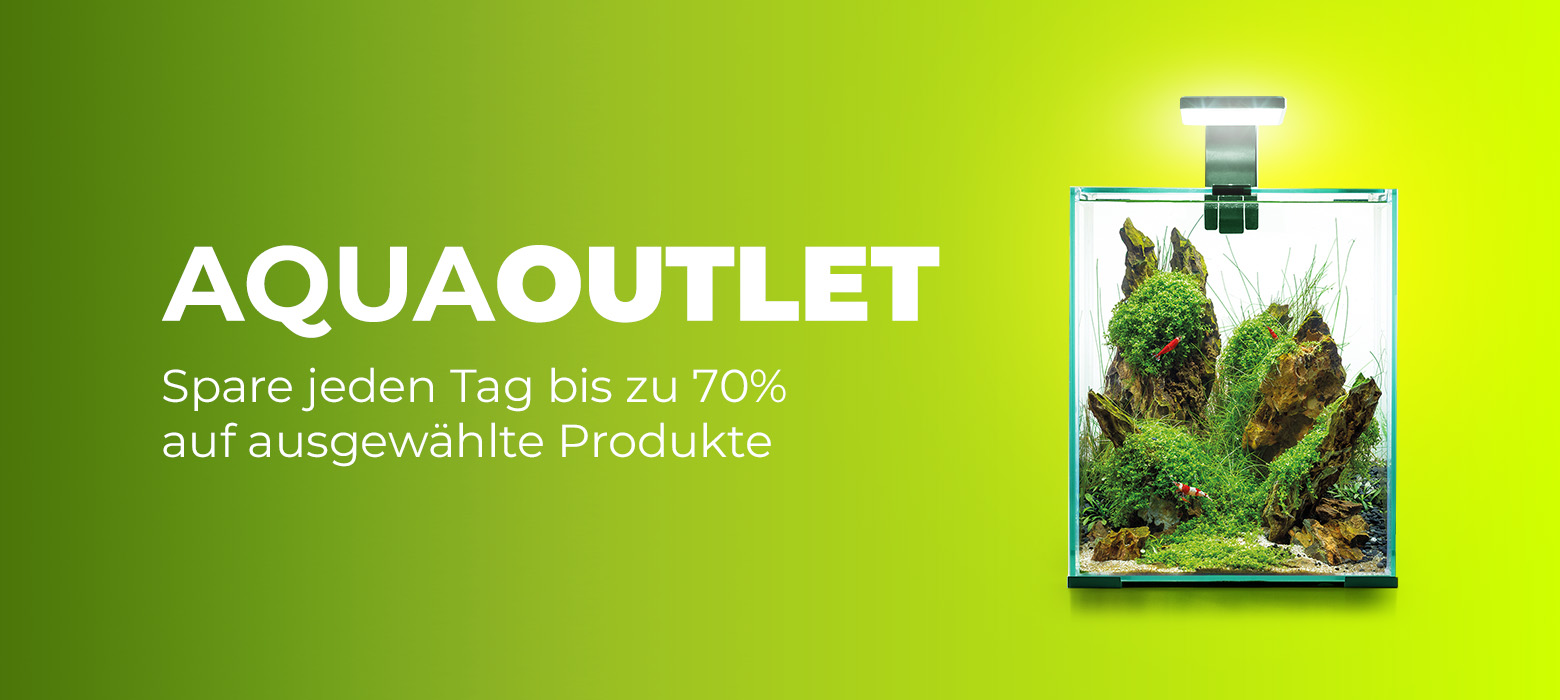
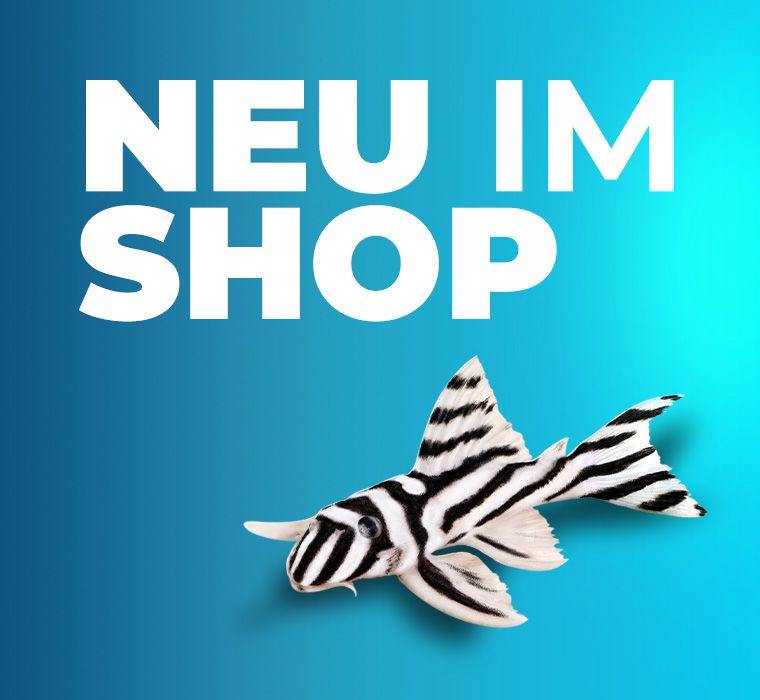


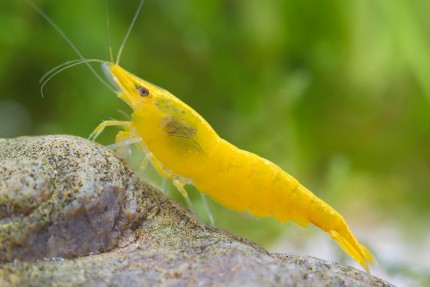
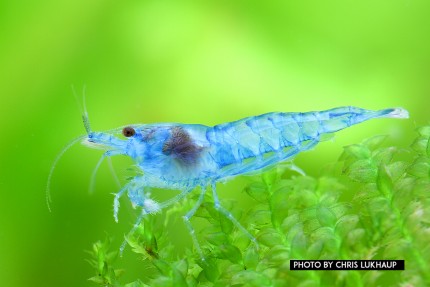
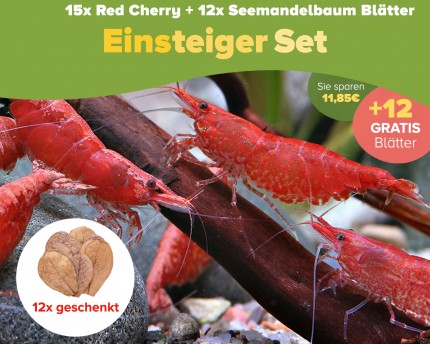
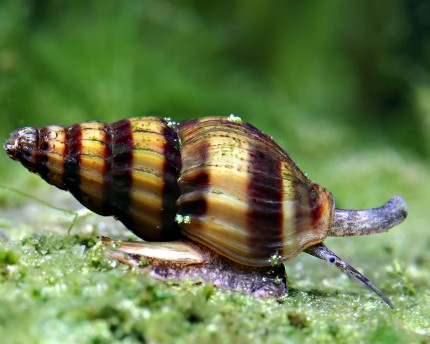

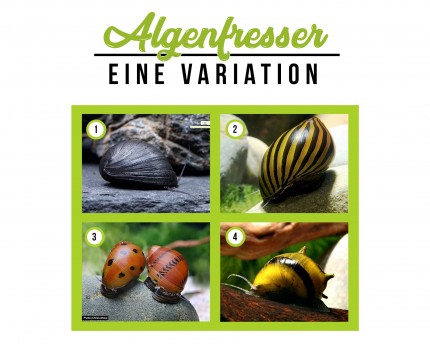
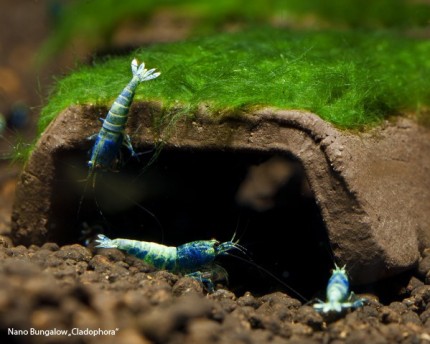
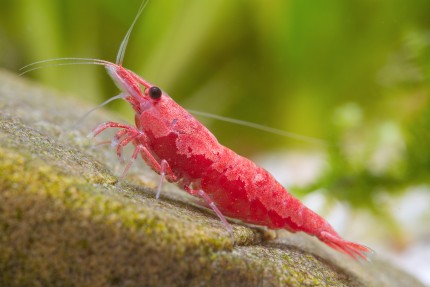

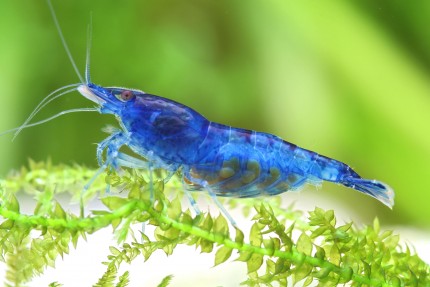
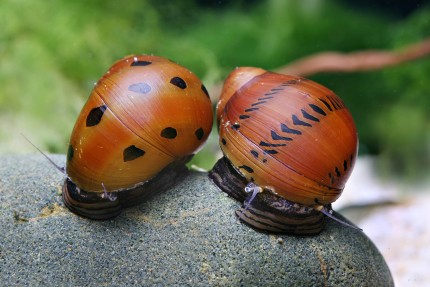
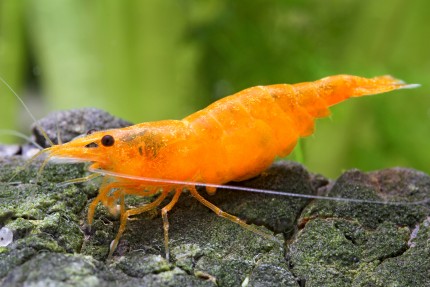
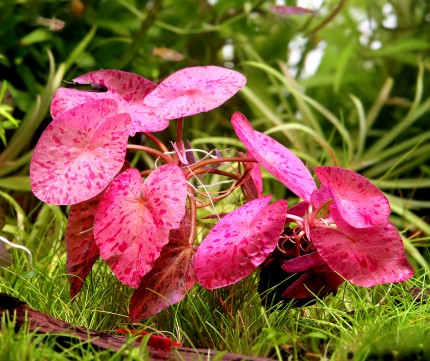
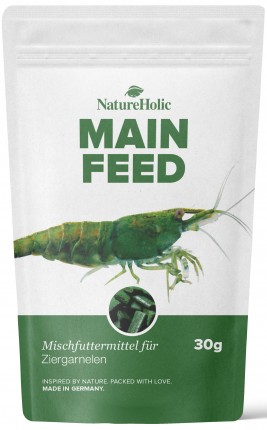
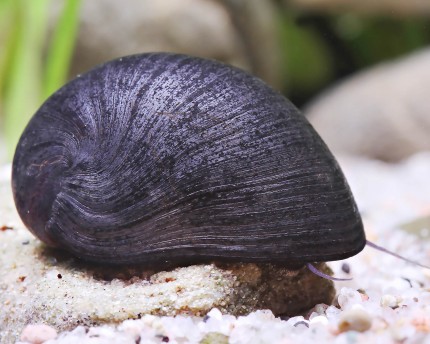
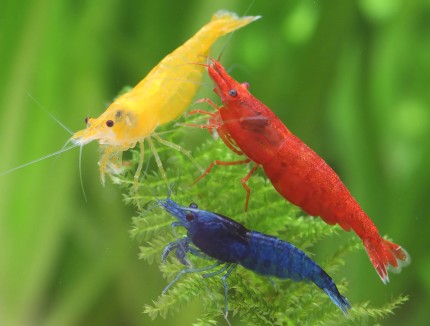
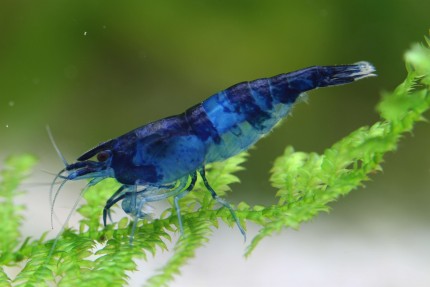
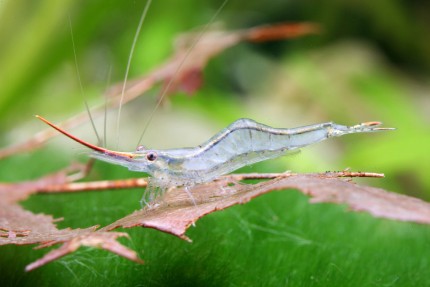
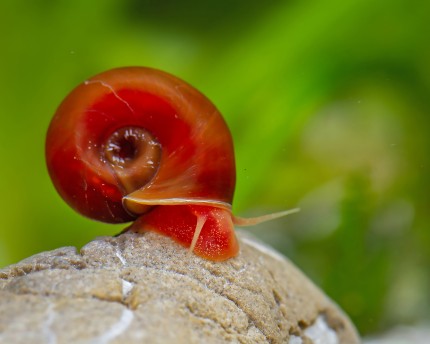
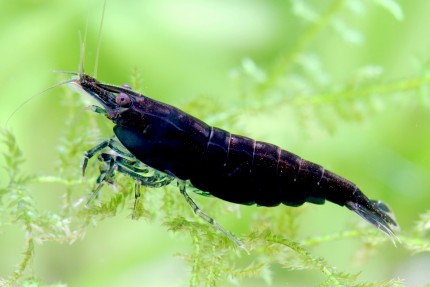
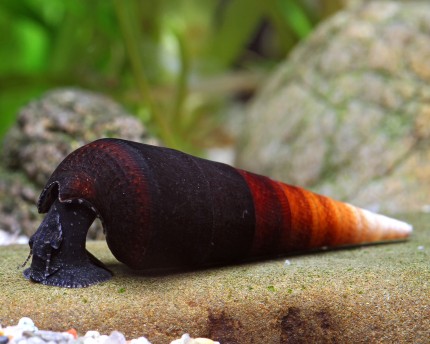

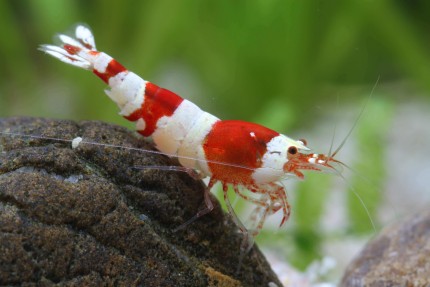
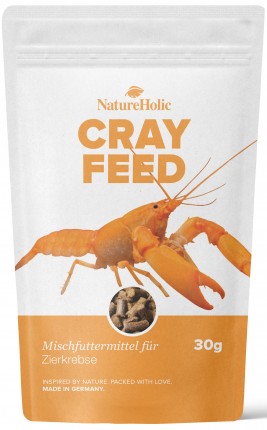
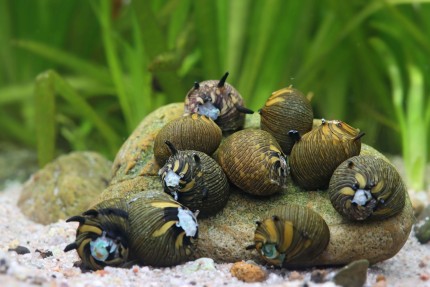
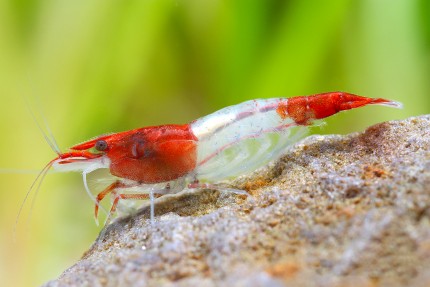


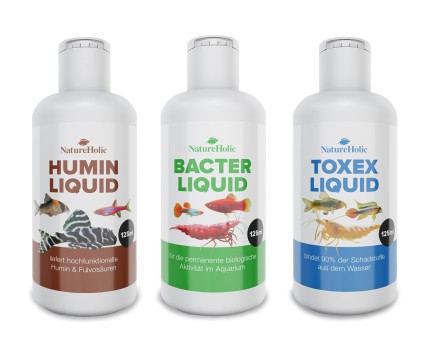
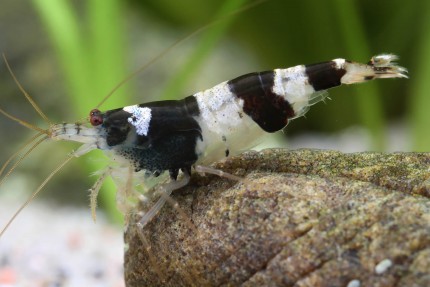


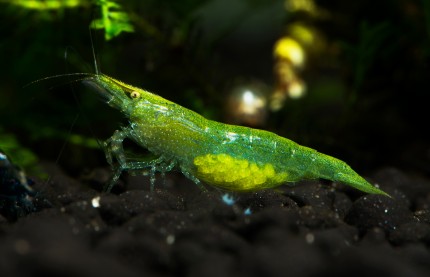
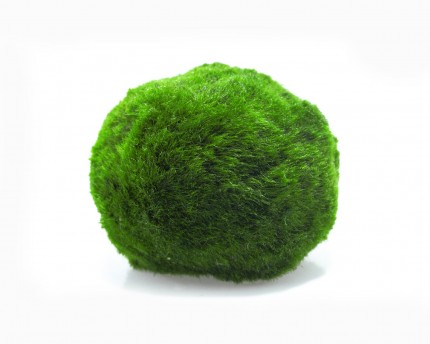
The fields marked with * are required.
I have taken note of the privacy policy.
Echter Hingucker...
Echter Hingucker
Super schnelle Lieferung....
Super schnelle Lieferung.
Die Tiere waren perfekt verpackt und quicklebendig unterwegs.
Das einzige was schade war das sie nicht blau waren wie auf dem ersten Titelbild aber das stört mich nicht.
Jederzeit wieder ??
werde Jederzeit wieder ei...
werde Jederzeit wieder einkaufen
Alles super...
Alles super
Fühlt sich super wohl...
Fühlt sich super wohl
Wunderschönes Tier - ist...
Wunderschönes Tier - ist schon ordentlich am Erkunden der neuen Heimat
Alle Wohlauf angekommen. ...
Alle Wohlauf angekommen. Vielen Dank
Ich bin sehr zufrieden...
Ich bin sehr zufrieden
Alles top ...
Alles top
Nach aufregender Reise gu...
Nach aufregender Reise gut angekommen und eingelebt.